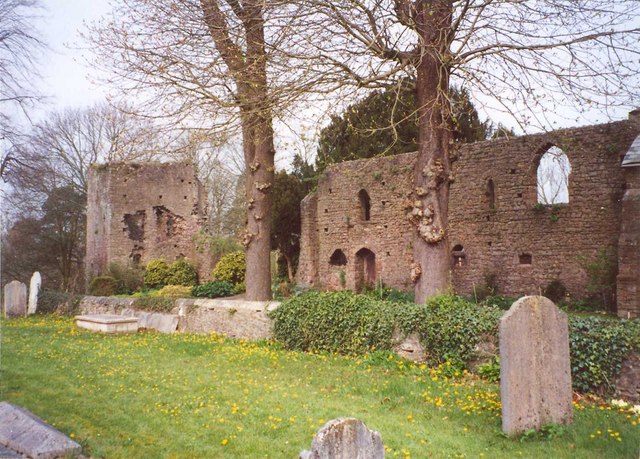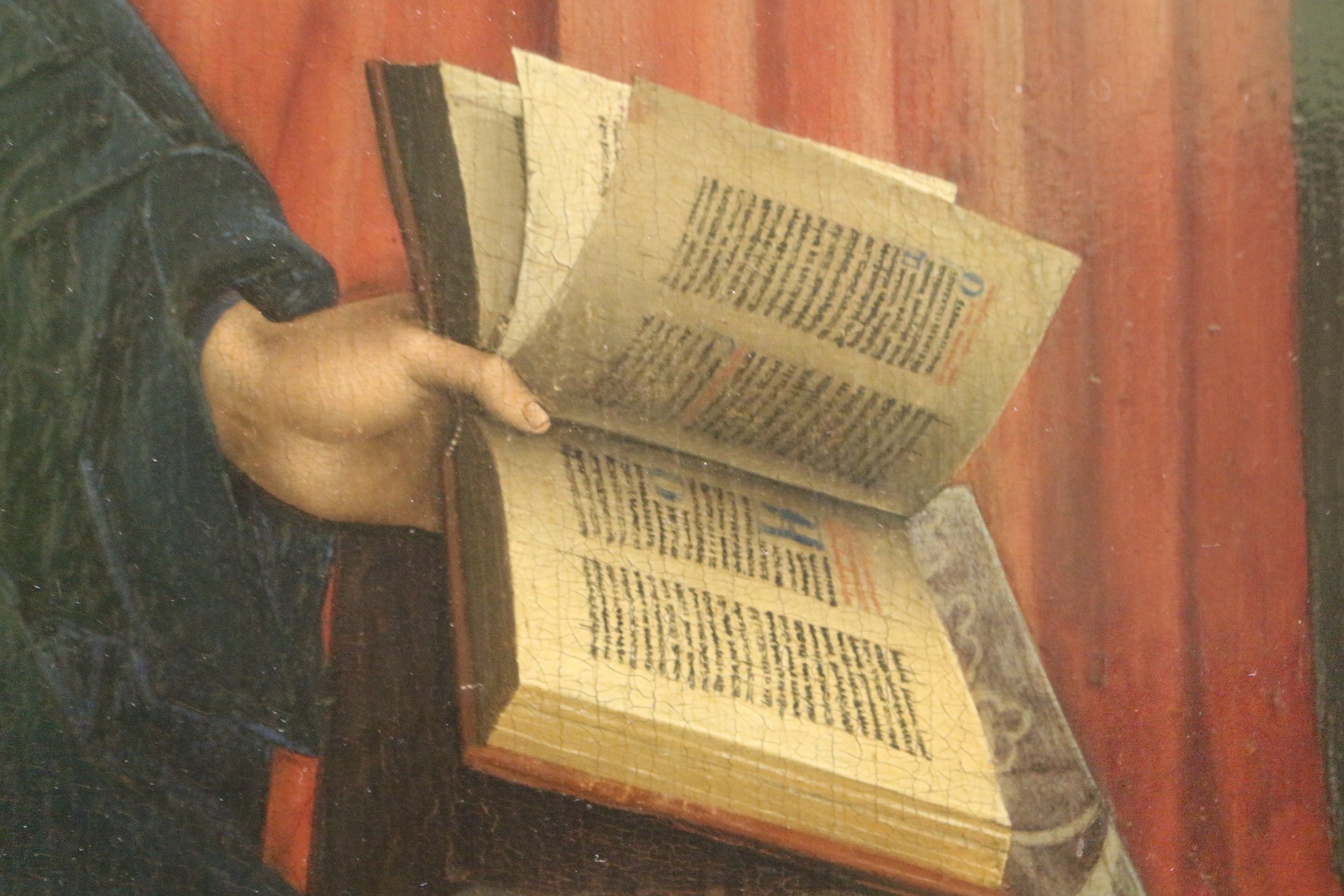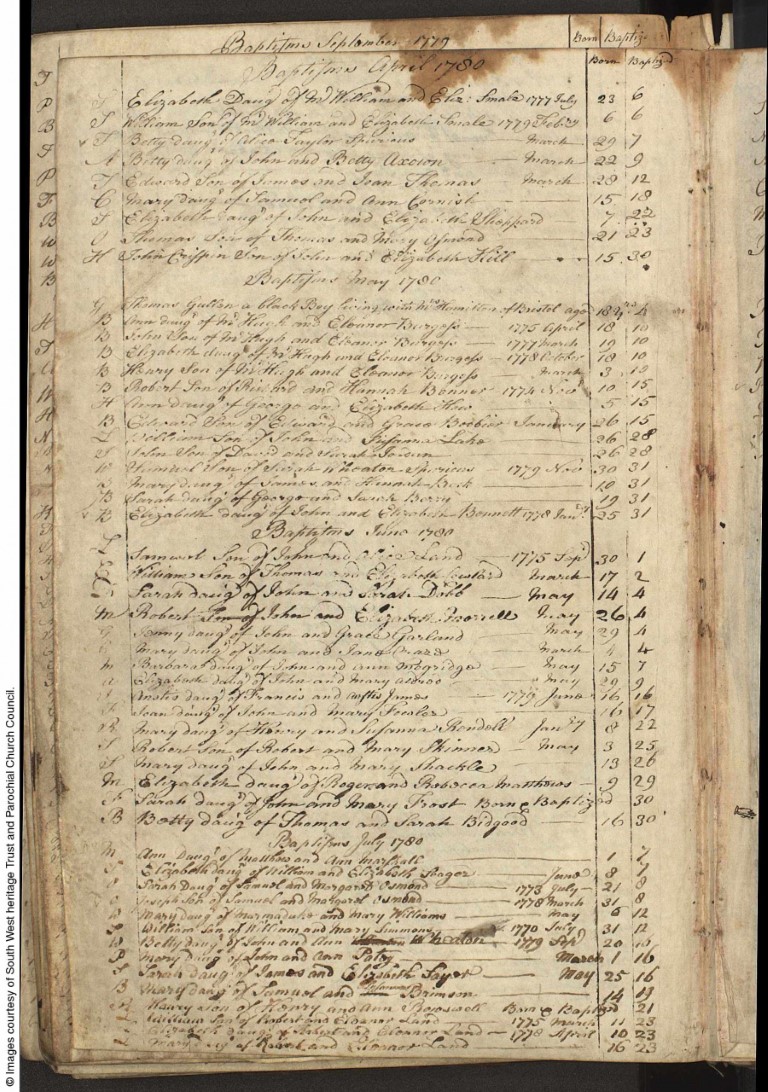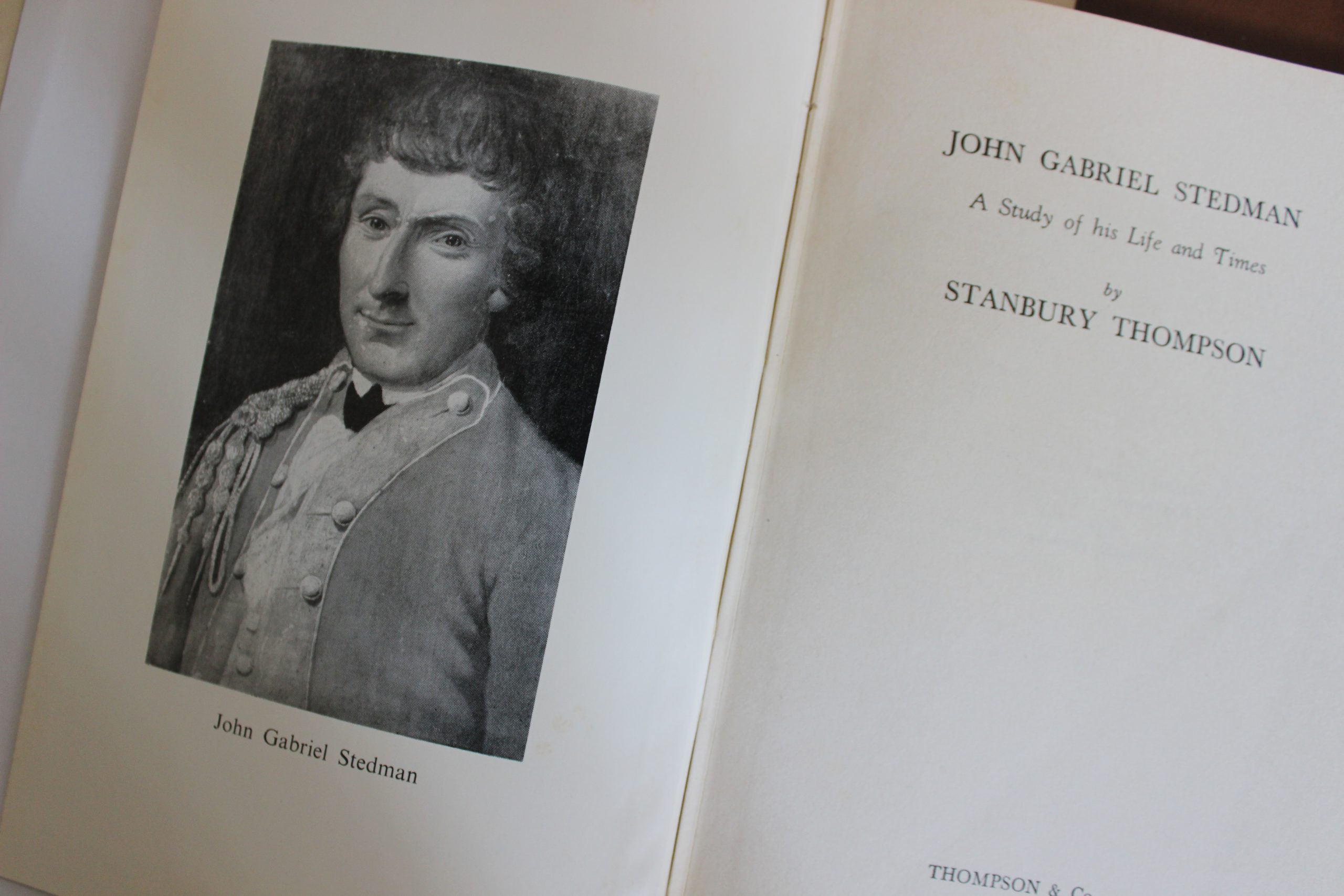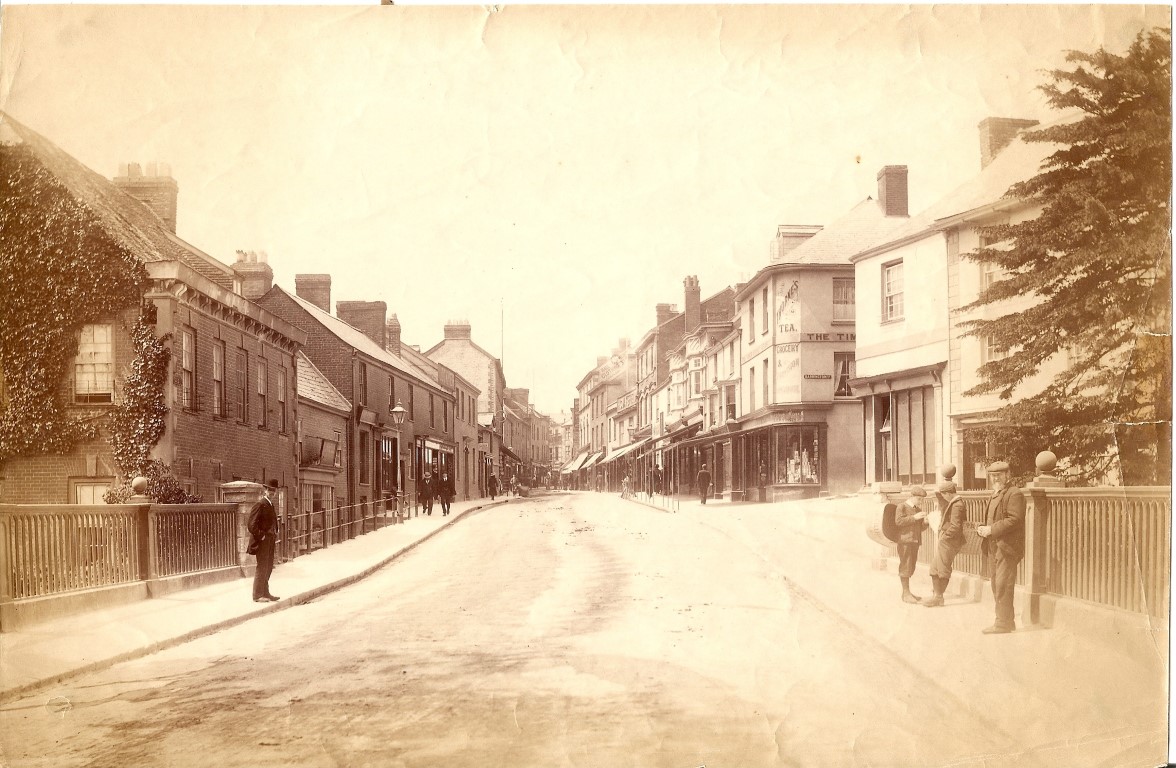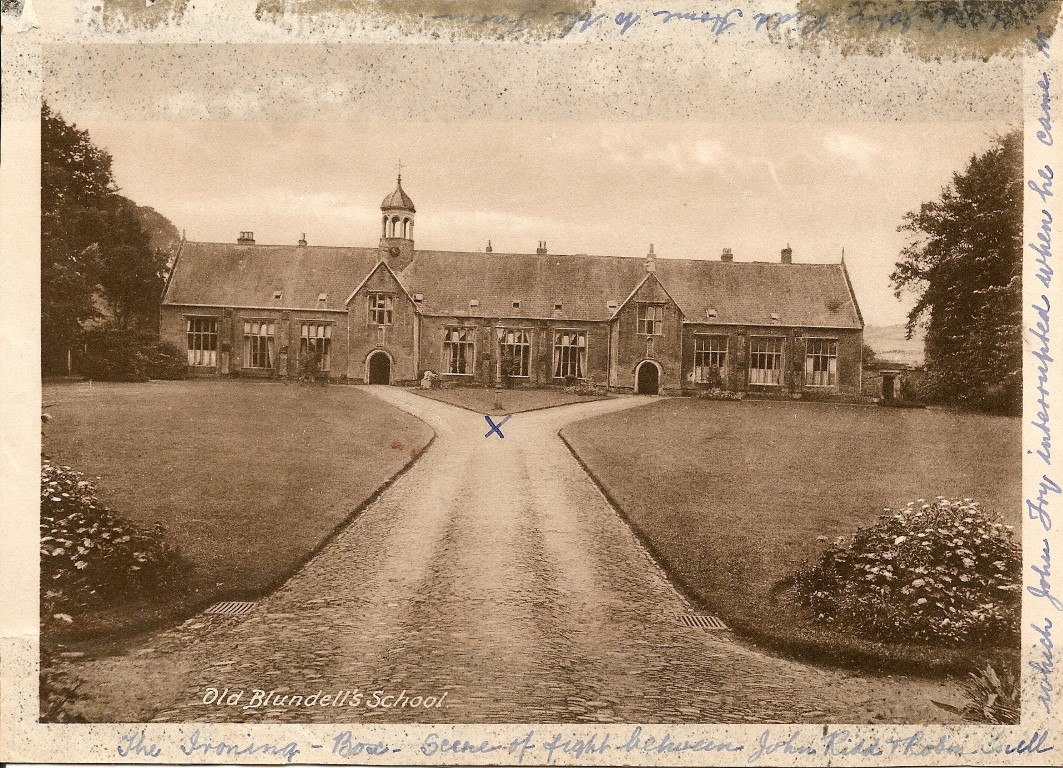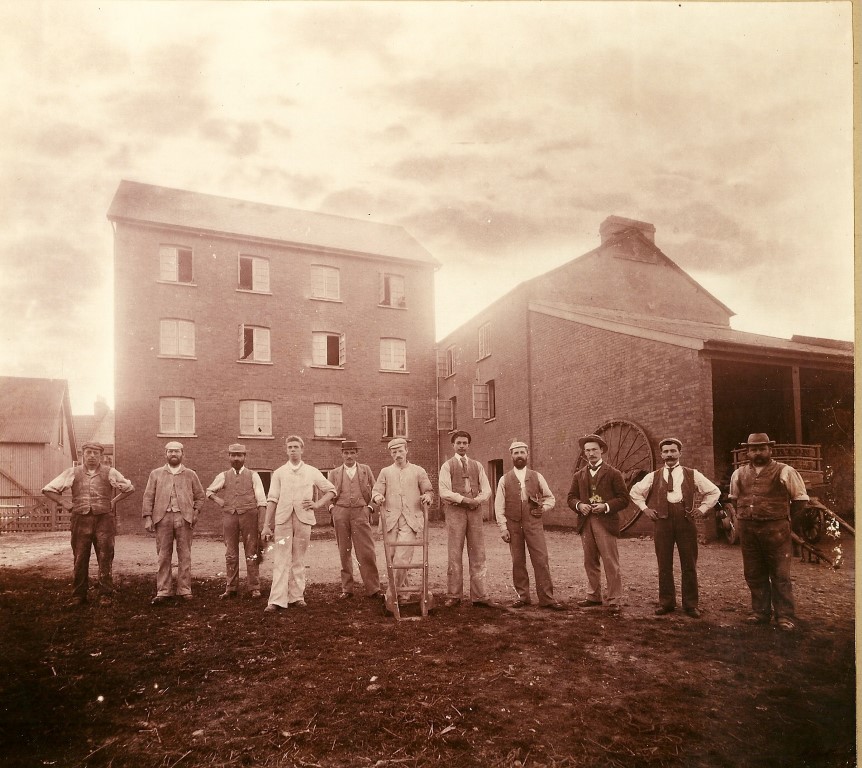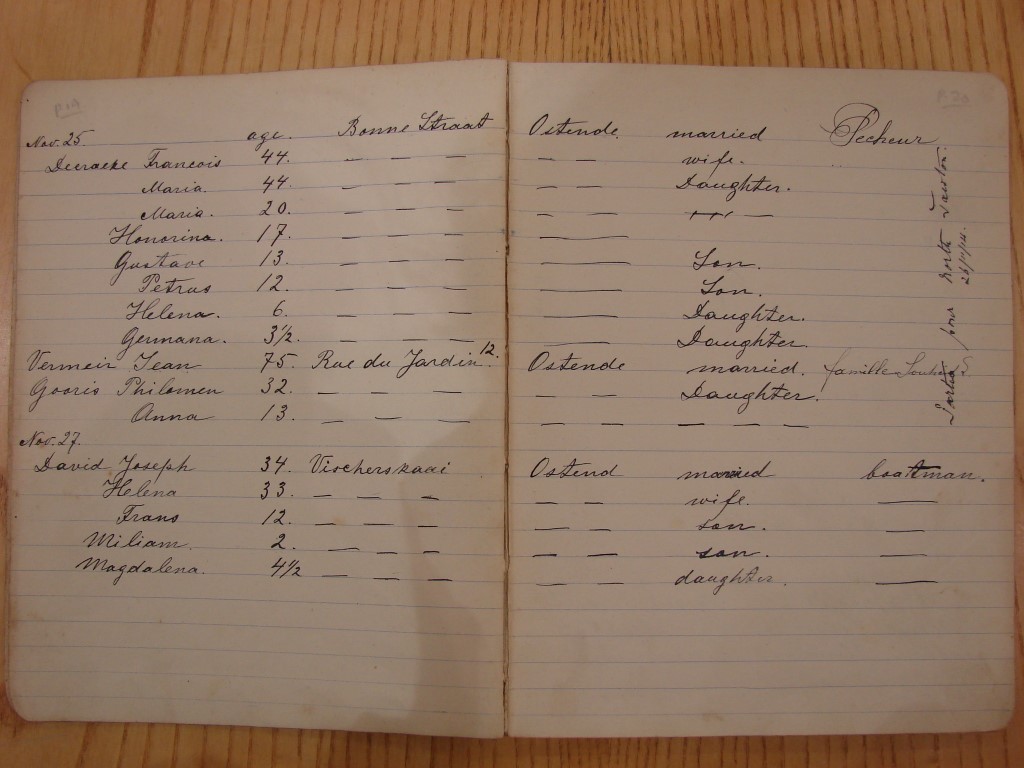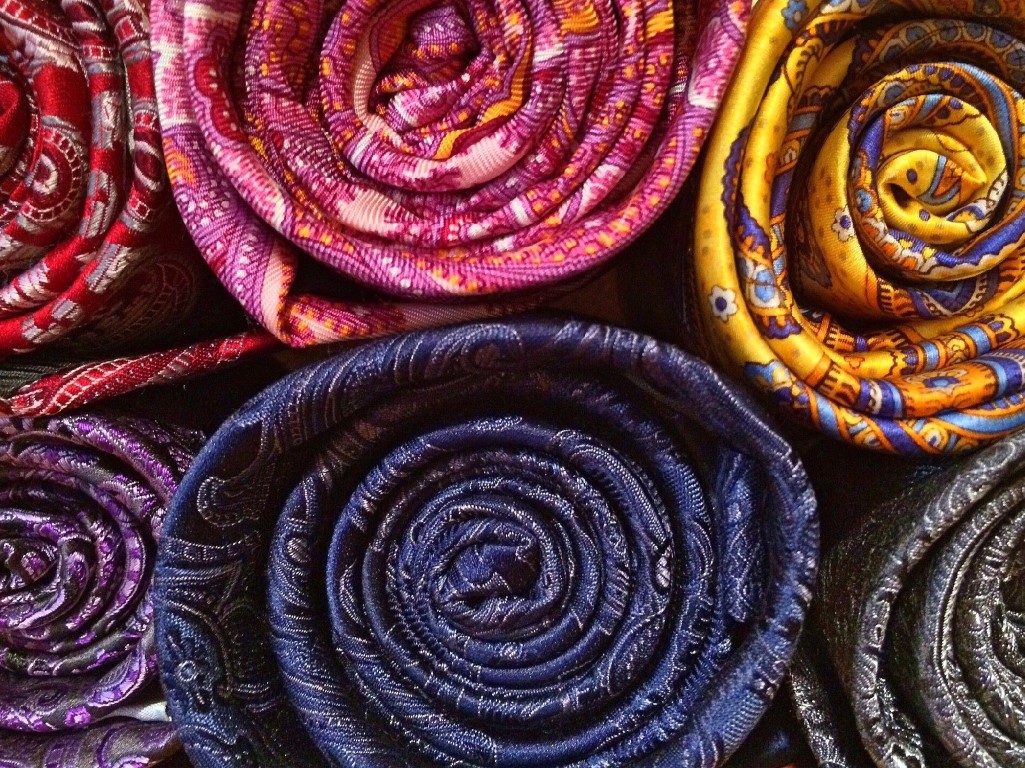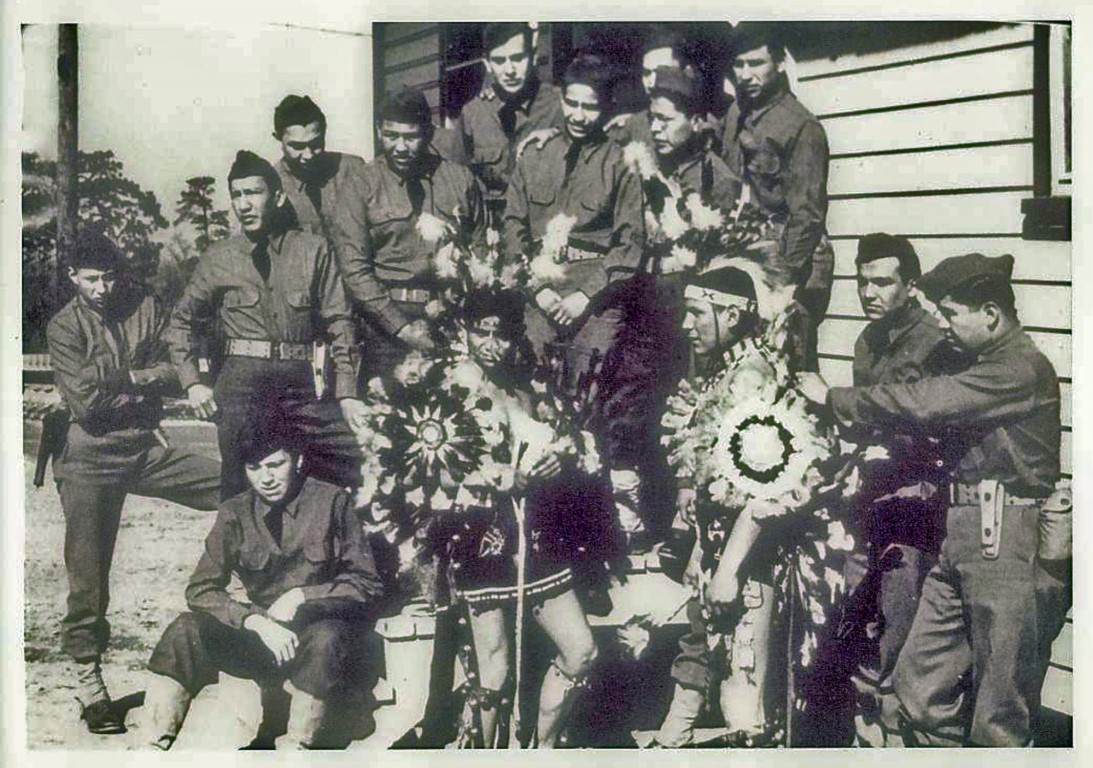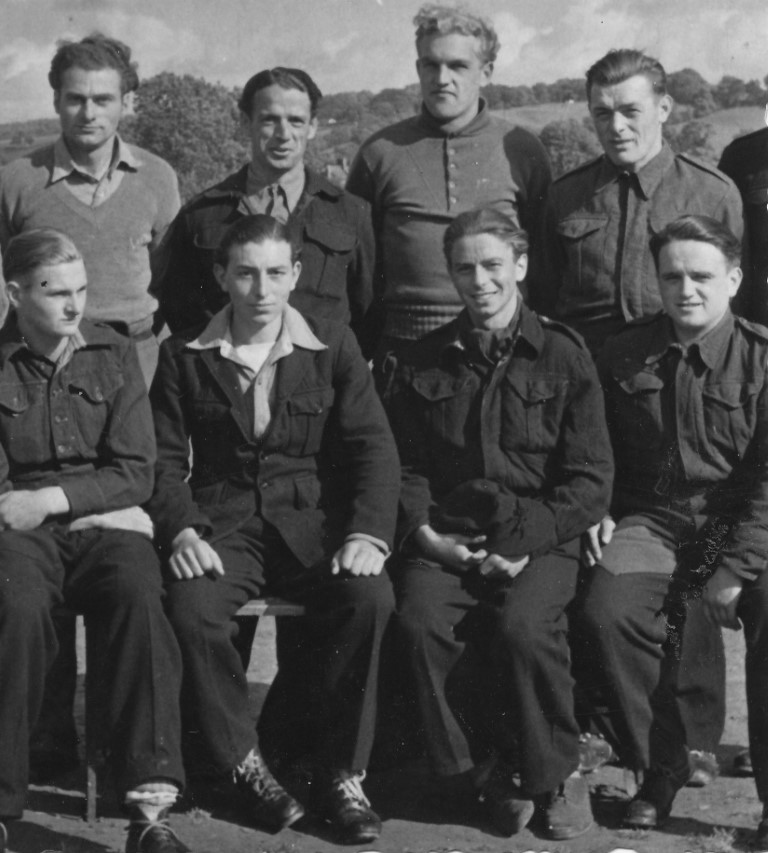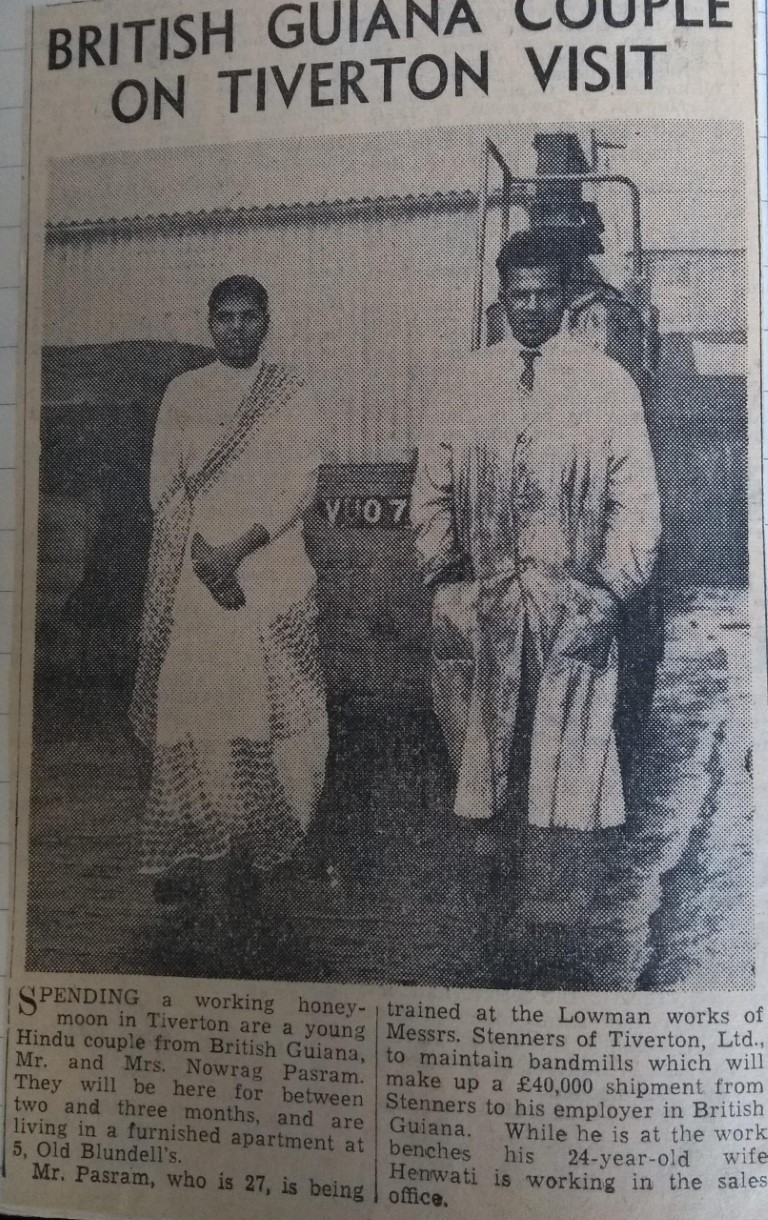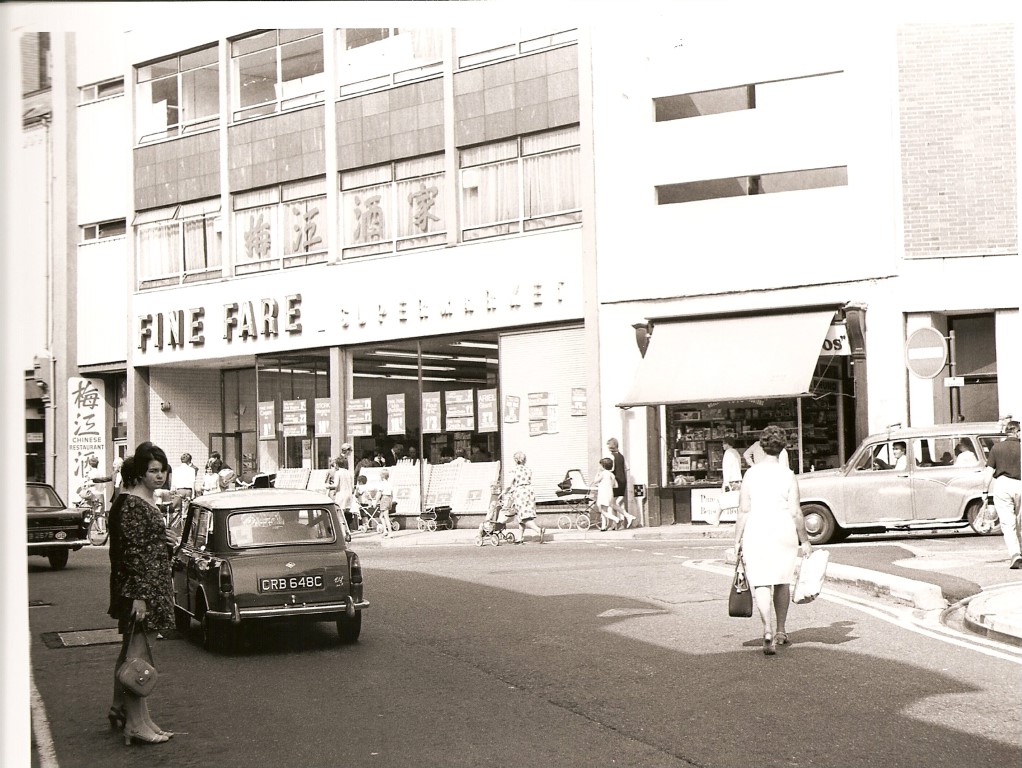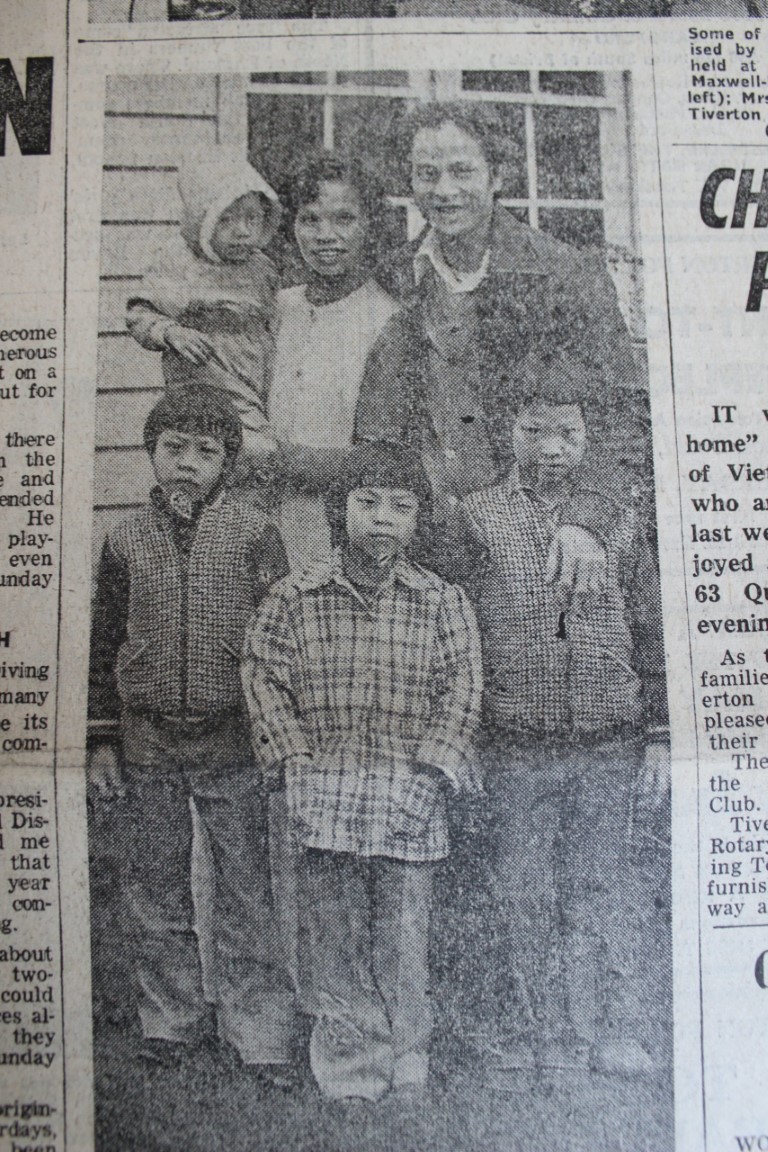Tiverton is an established industrial town in the centre of Mid Devon. In its hey-day, Tiverton was made prosperous by the wool trade, and later became a major manufacturing centre.
Tiverton’s history is intimately connected to the rest of the world. The town’s heritage includes stories of refugees, ex-slaves, foreign entrepreneurs, prisoners of war, European Voluntary Service farmworkers, entertainers and soldiers.
Explore the timeline below to learn about the wide range of people who have travelled to Tiverton from places such as the Americas, India, Slovenia, Italy, Vietnam, Kenya and Hong Kong.
For more information, read Helen Booth’s summary of diversity in Tiverton here.


